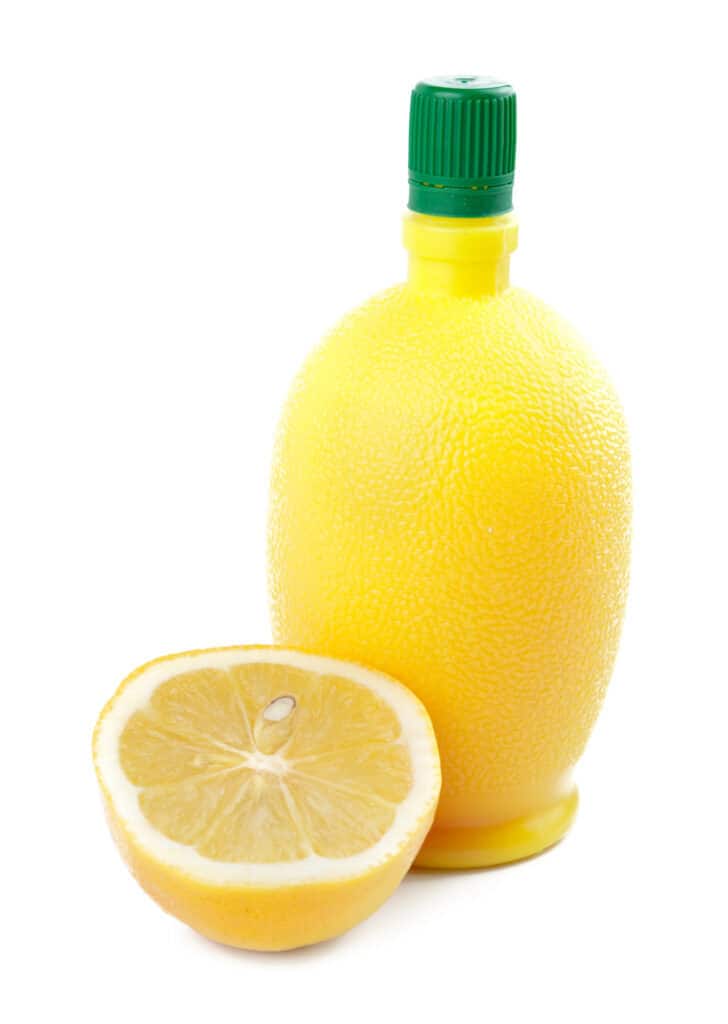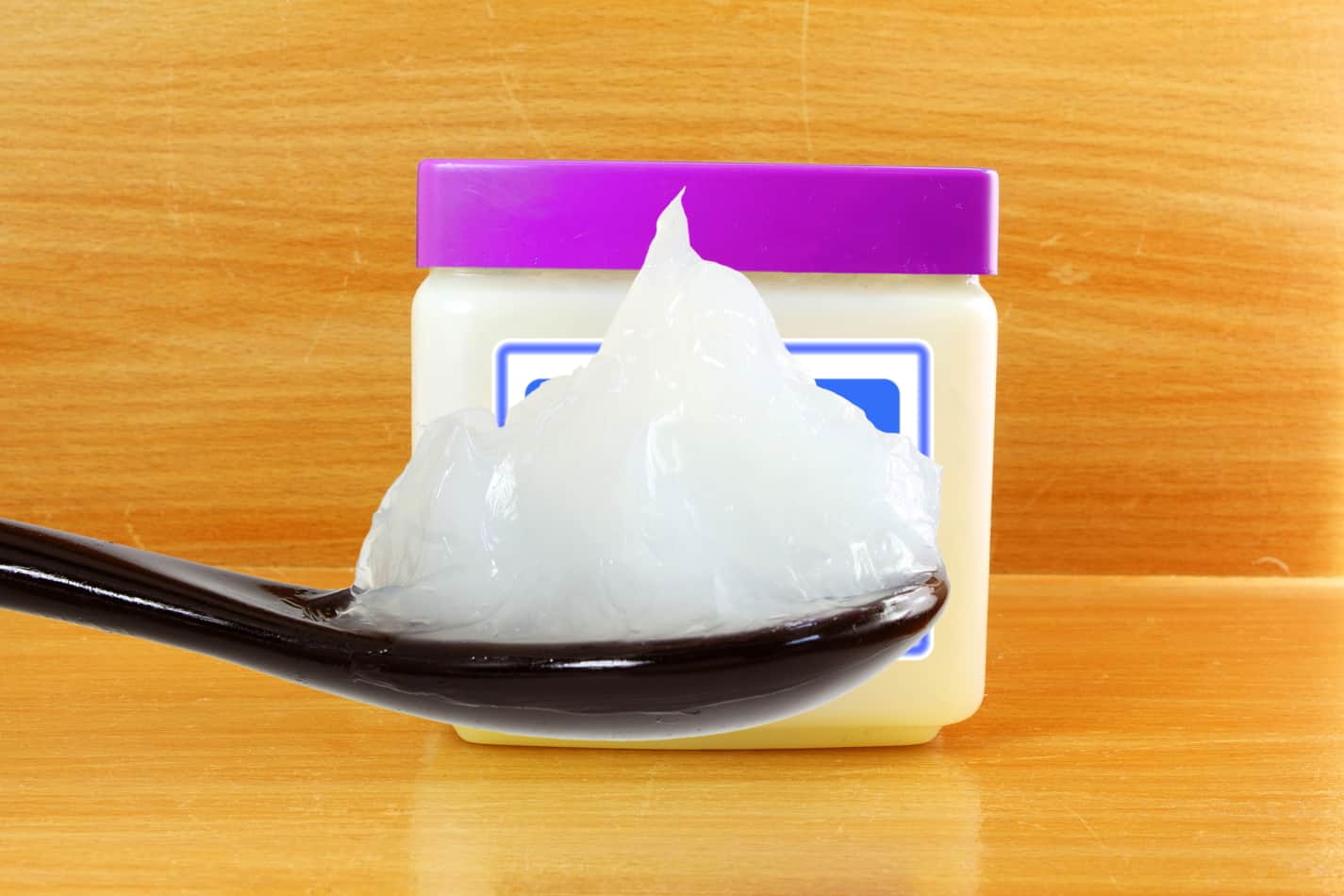“This post contains affiliate links, and I will be compensated if you make a purchase after clicking on my links.”
If you do a lot of soldering, you probably have experience using different types of soldering flux. But did you know that there are several do-it-yourself flux alternatives that are much cheaper than commercial flux?
Petroleum jelly is one of the best flux alternatives you can use. It is equally as effective as commercial flux, costs about half the price, and most people already have it on hand.
So is it really okay to solder without commercial flux? How do you use petroleum jelly as a flux alternative? Are there any other good flux alternatives you could use instead? Keep reading to find answers to these questions and more.
Petroleum Jelly: The Best Flux Alternative for Soldering
Chances are, you have a container of petroleum jelly somewhere in your house. Petroleum jelly has a wide range of uses and is one of the must-haves for any do-it-yourselfer. It is perhaps the best alternative for commercial flux you can use.
What makes petroleum jelly so effective?
It’s made up of waxes and mineral oils, making it anti-corrosive so you don’t have to worry about it harming the solder or the object you’re soldering. It’s also an excellent cleaner that not only removes any dirt or grime, but also eliminates the metal oxides that would otherwise weaken your bond.
Many people have found that petroleum jelly works just as well as commercial flux. Combine that with the fact that it’s usually much cheaper, melts quickly from the heat of the soldering iron, and can be used safely for many types of soldering jobs, petroleum jelly the one flux alternative you will want to check out.
Is it Okay to Solder Without Flux?
In soldering, flux is used to remove the oxidation from the materials being soldered, which in turn produces a stronger bond. In addition, using flux helps the molten solder bind to whatever you’re soldering more easily. Without flux, the solder may stick to the soldering iron instead of the object you’re soldering.
Obviously, flux appears to be an important component in the soldering process, so is it really okay to skip out on using the flux?
The truth is that you don’t have to use commercial flux, but you should use something that does the same job.
That’s where a do-it-yourself flux alternative comes in.
Other Flux Alternatives
What if you’re in the middle of a job or project and you don’t have petroleum jelly on hand? You may not have the time to run to the store. Is there anything else you might have laying around somewhere that you could use?
Luckily, petroleum jelly isn’t the only substance that does the same thing as commercial flux. Some other good flux alternatives are outlined below.
Lemon Juice

If you have a few lemons or some store bought lemon juice on hand, it will work quite nicely as an acidic DIY flux.
The high content of citric acid in lemon juice can clear away the metal oxides as easily as petroleum jelly or commercial flux. Though using lemons long-term could get expensive, it is a great flux alternative if you’re on a time crunch and it’s all you have on hand.
If using lemons, juice as many as you think you’ll need for the job. For smaller jobs, you may only need one lemon or even half of one, but for larger jobs, or if you want to have some left over for future jobs, you may want to juice several lemons.
Strain the juice to remove any seeds and pulp. Stir it for several seconds, strain it again, and stir it for several more seconds. You can use this homemade flux immediately or save it for later. Don’t refrigerate it, as this will make it less effective.
Homemade Pine Tar Flux
If you live in an area with lots of pine trees, you may have pinecones readily available. The tar in the pinecones is often the active ingredient in commercial flux, and you can put it to use as a DIY flux as well. If you have enough pinecones, you can make extra to save for future jobs.
Collect several pinecones and remove the pinecone leaves. Place them in a bowl or some other container with a lid to prevent spilling, and pour denatured ethyl alcohol over the top. Cover the container and allow the mixture to sit for at least 8 to 12 hours.
The alcohol will dissolve the pine tar from the leaves. Once this has happened, strain the mixture to remove the leaves and any other small pieces of debris. You can now use the pine tar-alcohol mixture as your flux.
Obviously, this method takes a little time, so it might not be the best choice if you’re on a time crunch. However, if you’re looking to save money and have access to plenty of pinecones, it’s a great way to make your own flux ahead of time so you always have some on hand.
Homemade Rosin Flux
Rosin made from crystallized Colophony has many different uses, including improving grip for rock climbing and other sports and adding resistance to violin bows. It is also a common ingredient in commercial solder.
You may have rosin lying around if you have a violinist or outdoor sports enthusiast in your house, or if you use it for other do-it-yourself projects. To make a homemade rosin flux, place the pieces of rosin in a container and cover them with a solvent such as isopropyl alcohol or nail polish remover.
The solvent will dissolve the rosin. If the rosin is in big chunks, this process may take some time. One alternative is to crush the rosin beforehand. It will dissolve much more quickly this way.
Once the rosin has dissolved, the homemade flux is ready to use.
How to Solder Using a Flux Alternative
- Clean the surface to be soldered. Remove any dust or dirt particles, and make sure it is dry before you begin. If you’re using petroleum jelly, it can double as your cleaner and your flux. Rub a small amount of the petroleum jelly over the surface, then wipe it away with a paper towel.
- Apply your homemade flux or flux alternative. If using petroleum jelly, there’s no need to reapply if you’ve already used it for cleaning. If using lemon juice or another liquid flux alternative, dab the liquid onto the area using a Qtip or small brush.
- Use your soldering iron to apply molten solder. If you have trouble getting the solder to stick to the object you’re soldering, you may have to reapply the flux alternative. This shouldn’t be a problem unless you applied too little in the first place.
- Allow the solder to set as normal. After the solder has hardened, check to make sure the bond is strong. If you applied enough of your flux alternative and haven’t experienced any problems with applying the solder, then your bond should be good. Congratulations! You just effectively used a DIY flux alternative!
Final Thoughts
And there you have it. Though using something as a flux is an important part of soldering, there are plenty of cheap and easy do-it-yourself flux alternatives that work just as well as the commercial products.
The best flux alternative is petroleum jelly because it is cheap, effective, most people have it on hand, and it can double as a cleaner. Other good alternatives are lemon juice, homemade pine tar flux, and homemade rosin flux. Whatever flux alternative you use, make sure to use enough of it while soldering to create a strong bond.




